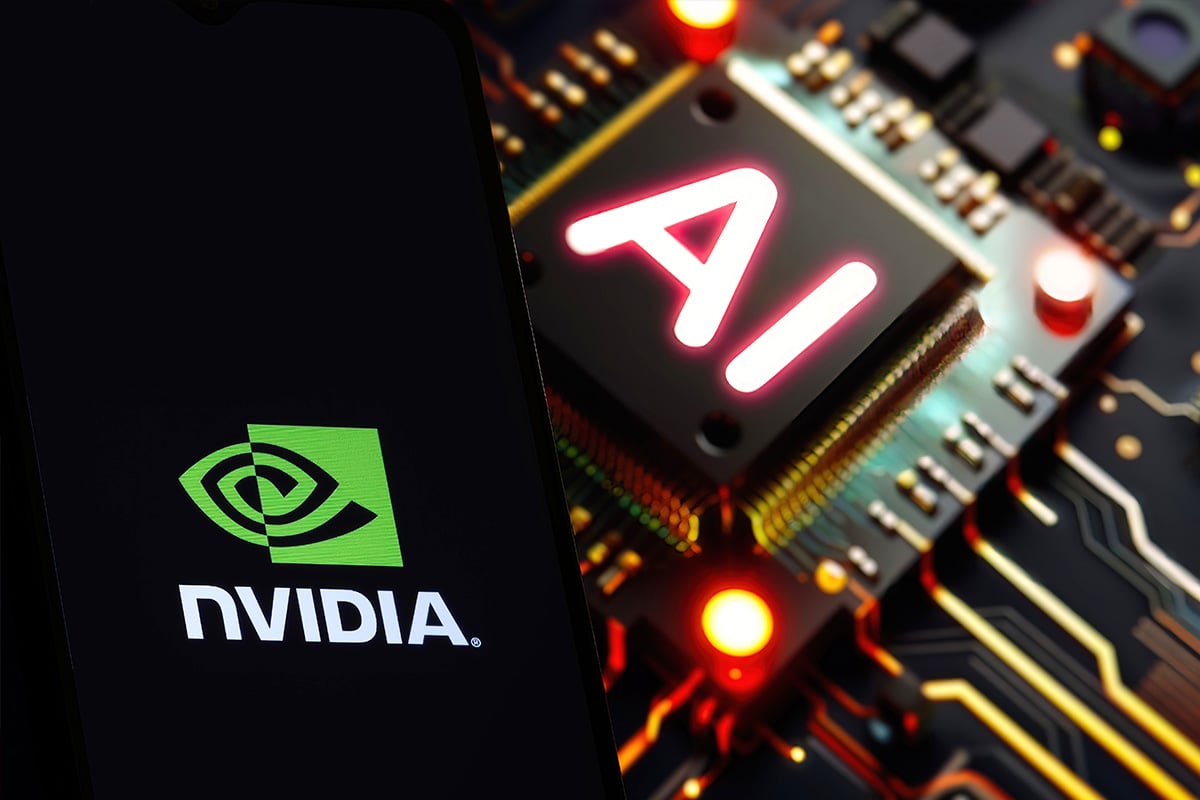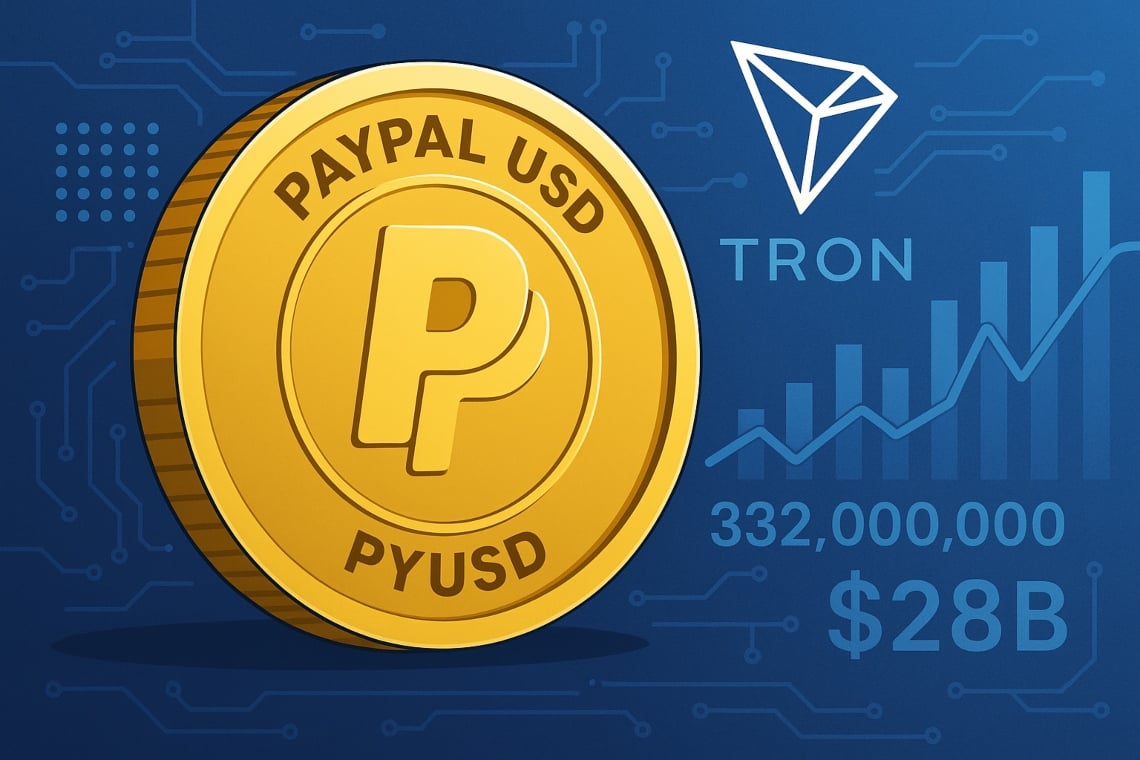Ted Hisokawa
Sep 26, 2025 10:23
NVIDIA introduces three groundbreaking neural technologies aimed at enhancing robot learning, bridging the gap between simulation and real-world applications.
NVIDIA has unveiled a trio of neural advancements designed to propel robot learning into new realms, according to NVIDIA Research. These innovations were highlighted during the Conference on Robot Learning (CoRL) 2025, showcasing significant strides in how robots can learn and adapt to complex real-world tasks.
Neural Robot Dynamics (NeRD)
The first of these innovations, Neural Robot Dynamics (NeRD), enhances simulation capabilities by integrating learned dynamics models. These models are capable of generalizing across different tasks while allowing for real-world fine-tuning. This approach replaces traditional low-level dynamics in simulators, enabling a hybrid framework that effectively bridges the gap between simulation and reality.
NeRD has demonstrated remarkable accuracy, achieving less than 0.1% error in simulations involving the ANYmal quadruped robot. This model’s ability to adapt real-world data further narrows the simulation-to-reality gap, offering a robust tool for developers working on intricate robotic systems.
Reference-Scoped Exploration (RSE)
Another breakthrough, Reference-Scoped Exploration (RSE), focuses on enhancing robotic dexterity by leveraging human motion capture data. By treating human demonstrations as adaptive guidance rather than strict templates, RSE allows robots to autonomously discover motions that suit their unique configurations. This method shows a significant improvement in success rates, especially when tested on the Inspire and Allegro robotic hands.
Vision-Tactile Refinement (VT-Refine)
Lastly, VT-Refine combines vision and tactile sensing to tackle precise bimanual assembly tasks. This innovative approach employs a real-to-sim-to-real framework, wherein limited real-world demonstrations are used to pretrain policies which are then fine-tuned in simulation environments. The outcome is a notable enhancement in task performance, with real-world success rates improving by up to 40%.
The integration of visual and tactile feedback is pivotal in these tasks, allowing robots to perform complex assemblies previously achievable only by human hands. This method exemplifies how simulations can be used to prepare robots for real-world applications, significantly enhancing their operational capabilities.
These developments mark a significant step forward in the field of robotics, as they provide a scalable, data-driven approach to teaching robots complex skills. By narrowing the gap between robotic and human capabilities, NVIDIA’s research continues to push the boundaries of what is possible in robot learning and adaptation.
Image source: Shutterstock
Source: https://blockchain.news/news/nvidia-neural-innovations-robot-learning


